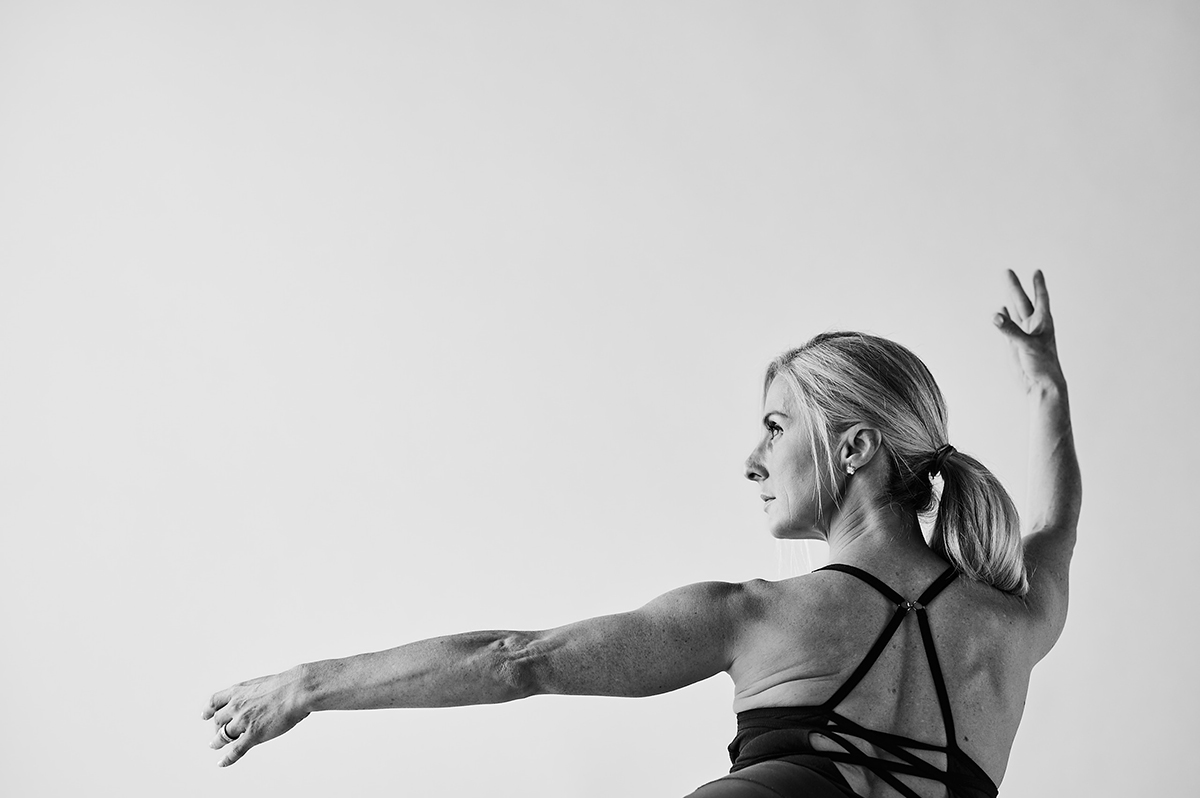New clients! For a limited time, Get 13 Classes for $78 (only $6 per class)
The Bar Method’s Innovative Technique for Attaining a Neutral Spine
Look around on a busy street or in a store, and youll probably see a few people whose spines are clearly not in neutral, or in a well-aligned position. This is an issue that those of us exercise field would love to help with. Everywhere you look people are talking about the benefits of being able to achieve and maintain a neutral spine alignment Pilates instructor and author Nuala Coombs says on her website. It is important to maintain the neutral alignment of these curves to assist with cushioning the spine from excessive stress or strain.
I agree. Walking through life without a neutral spine invites a host of physical ailments. Slumping on a regular basis can give a persons back ligaments creep. Creep is the physiological term for the damaging deformation of the lower back tissues when someone leaves her lower back out of neutral for an extended period of time. And thats just what happens to the back! Bad posture adversely affects the neck, hips, knees, ankles “ just about every major joint in the body.
So should people exercise with their spine in neutral? Many exercise spokespeople say yes including Coombs. Most exercise regimes,” she says, “and especially Pilates based exercise programmes encourage working with the spine in a neutral position.
I’m with Coombs with regard to her point about exercise routines needing to be safe in order to protect students spines and their surrounding tissues. But should spines literally stay in neutral during exercise as Coombs suggests? In theory, this seems like a good idea. In practice, less so. First of all no core workout — least of all Pilates with all its rounding, arching, rotating and side-bending — actually keeps the spine in neutral. Second, back movement during exercise is a good thing. The spine has 24 joints and is designed for a certain amount of bending. Arching and contracting the back in a controlled manner is healthy and therapeutic for the spines discs and surrounding muscles.
Coombs nevertheless recommends that people hold their spines in neutral during exercise just the way they do in daily life, even to the extent of allowing their core muscles to be just barely “on” when working out. The muscles of the core, she says, only need a mild contraction to become activated and function effectivelyOnce they are on you can confidently use the large muscles for the action phase of a movement now that you have stabilised the spine
Coombs is right about the core muscles needing simply to be “on” during normal activities. The problem with just keeping them merely “on” during exercise is that not much change results. To significantly strengthen muscles you have to work them harder than normal. Exercise can do this for core muscles and so improve their function outside of class. To this end the Bar Method has developed exercise positions that work the core muscles while at the same time keeping the back muscles in neutral. One such stance is the Bar Method tuck. To assume this pose, a student slightly lengthens her lower back and slightly shortens her upper back by lifting her chest. This position keeps the ligaments and joint capsules in her back in neutral, while her glutes, abs and upper back muscles “ the three groups responsible for good alignment “ grip tighter than usual, gaining strength.
“The Bar Method tuck” makes other important contributions to core stability: First, it stretches the long muscles that run through the hips and kness. As Physical Therapist Sydney James, one of the Bar Method’s consultants, explains, “It’s important to keep the quads and hamstrings reasonably flexible and balanced so that the lumbar spine isn’t overly jostled by walking, running and other motion.”
Second, it teaches students to hold themselves straight with their chests over their spines, a practice that helps correct habitual slouching. Bar Method students’ back muscles gain energy, and students themselves start to enjoy standing up straighter. Walk into a Bar Method studio and youll see lots of people with beautiful posture. One reason is the Bar Method tuck.
Last but not least, the Bar Method trains its teachers to give their students individual coaching on good posture throughout class. The Bar Method tuck – since it requires the use of all three core muscle groups – provides both teachers and students with the basic building blocks of good alignment in a way that is simple for everyone to follow. During bar-work when it’s especially important to focus on alignment, teachers search for students who look like they could use extra help on posture and encourage them to “lift your chest,” keep your head over your spine,”look straight ahead,” and if needed give them gentle “hands-on” adjustments to their form.
Nora Luongo of Summit, New Jersey is one Bar Method student who has benefitted from this approach. All the instructors at the Bar Method are so precise in their vocal directions and hands-on in their adjustments,” she wrote me, “that just a few months of doing it has really gotten to where it took me years of training in yoga to understand. I find myself consciously standing straighter even when not in class.



